Web Sustainability Action Plan
Executive Summary
The MVLS Graphics Unit recognises that it is imperative to address the climate crisis by minimising our College's digital carbon footprint. In response to the University of Glasgow's commitment to sustainability, we have devised a comprehensive action plan tailored to digital sustainability.

Why digital sustainability needs to be considered
Websites are often considered to be a more environmentally version of print. While websites may not use up logistical materials, the belief that websites don’t take up space and so don’t impact the environment is incorrect.
In fact, whilst we can’t hold a website in our hands the way we would be able to with printed materials, websites (including web storage solutions such as OneDrive or Google Drives) all take up space in large servers located around the world. These servers take an inordinate amount of energy to run and keep cool – not to mention that they also take up growing amounts of space with ‘unlimited’ online storage options becoming more popular.
The larger and more complex a website is, the more energy it takes to load. The more energy a website takes to load the greater the impact the website will have on the environment.
Our Commitment
The MVLS Graphics Unit are committed to making changes to help reduce our digital carbon footprint. Our commitment consists of a three-pronged approach:
+++
1. Understanding our impact
The digital carbon footprint of our websites is an unfamiliar topic for many of us. This first part of our approach will involve first gaining an understanding of the impact of our current digital carbon footprint. This will be primarily focused on the web although some IT considerations may also be taken into consideration.
---
+++
2. Sharing knowledge
Another key part of understanding our digital carbon impact is sharing knowledge with our University network. Last year (2023) the University website had a total of 65 million views. This means we have 65 million opportunities to make a positive impact by making more sustainable web design choices. Many people are unaware of the impact our website is having on the environment so sharing knowledge and practical and appliable web and UX sustainable design tips will be an important factor.
---
+++
3. Taking action
Once we grasp an understanding and have a measurement of how much our website is harming the environment we can begin to make a targeted approach towards reducing our impact.
---
Web Sustainability Values
Making your website more sustainable is currently not an official part of the Web Content Accessibility Guidelines (WCAG). However, in order to minimise the impact our website has on the environment we aim to adhere to the following values:

1. Actionable
We promise to take action towards making changes to our website for the benefit of the environment.

2. Efficient
Our website will be designed cleanly and efficiently to help users meet their goals using the least amount of energy possible.

3. Open
We promise to be open to new, more sustainable methods of web design, ensure that our website will be accessible and allow for the open exchange of information.

4. Honest
We will be open and transparent about our progress towards reducing our digital carbon footprint.
Action Plan
The below action plan is designed to target three areas: understanding our impact, sharing knowledge and, taking action. Each point has been assigned a scale of impact and effort as well as a timeline for estimated completion.
| Intensity | Impact | Effort |
|---|---|---|
| Low | Quick sustainability wins | Minimal implications |
| Medium | Noticeable sustainable impact | Some changes needed |
| High | Significant long-term benefit | Heavy refactoring required |
Part 1: Understanding our Impact
Action point 1.1 Understanding our current web carbon footprint
Impact: Low
Effort: Low
Using the web carbon calculator we will take a digital carbon footprint reading of the top 50 most trafficked to webpages in the College of MVLS website as well as each of our School homepages.
Deadline: April 30
Action point 1.2 Calculate the amount of storage data in the media library
Impact: Low
Effort: Medium
We have a number of unused, non-accessible, non-GDPR compliant images tucked away in our media library. Even deleted files are still held on our website (unless a purge is carried out by the central webteam). Calculating the amount of data that is currently held in our library will allow us to make more accurate estimates around how our media library is contributing to larger digital carbon footprints. Once we have an accurate estimate we will be able to take action as in point 3.2 below.
We will review the College t4 media library to get an understanding of how much media data is currently stored on our website.
Deadline: 30 April
Action point 1.3 Calculate the number of webpages held by the College and our Schools
Impact: Low
Effort: Low
The College of Medical, Veterinary & Life Sciences website and the eight School websites are excessively large. Part of our work on the MVLS 2025 web redesign project is to make a reduction in the number of webpages we have. Our website is large and as such can be difficult for our users to navigate. An understanding of how many webpages our College and School’s hold will help us identify more energy intensive sites and review and action as per point 3.3 below.
We will use Google Analytics and information readily available in t4 to get a firm number of how many pages currently sit within our College and School websites.
Deadline: April 30
Part 2: Sharing Knowledge
Action point 2.1 Sustainability Salons
Impact: Medium
Effort: Medium
The University iniative Sustainability Salons may hold an opportunity to share wider knowledge of digital and website sustainability to the wider UofG community. This point will be directed towards networking with fellow colleagues in this area to see whether we could share resources to bring awareness to Website Sustainability.
Deadline: May 31
Action point 2.2 Sharing knowledge and awareness
Impact: Medium
Effort: Low
Identify avenues to share knowledge of web sustainability wider. Digital sustainability is not a well-known topic. As such this action point will aim to expose knowledge across a wider base. Requests will be made to the web editors of the central University webpages to see whether they would be happy to include a link to our Web Sustainability information page. Additionally, we will aim to share knowledge in the MVLS staff newsletter to help expose and bring more awareness to this lesser known about sustainability topic.
Deadline: May 31
Action point 2.3 Creation of standardised web reports
Impact: Low
Effort: Medium
The purpose of this action point is to empower our t4 editors and give them the knowledge they need to make informed decisions when it comes to their web content. A standardised web report will help get our web editors into the habit of reviewing their web performance at regular intervals. These reports will be available on a regular basis.
We will create a standardised report template in Looker Stuido for colleagues to use as they see fit. This template will use report data from Google Analytics 4 and SiteImprove.
Deadline: May 31
Action point 2.4 Web community training: understanding web performance data
Impact: Medium
Effort: High
This action point ties in with the purpose of the above. Being able to read and understand web performance data our Principal Web Publishers and web editors will be able to identify non-performing web pages and action to help users meet their end goals more effectively. Using the Web Community of Practice a training session on how to use this data to make informed decisions will be held.
We will hold a Website Community training session for colleagues to share knowledge on how to read, understand and utilise web performance data.
Deadline: June 12
Part 3: Taking Action
Action point 3.1 low carbon toggle
Impact: High
Effort: High
This action point will explore the creation of a ‘dark mode’ with the hopes that we will eventually be able to facilitate the creation of a sustainable version of our website such as Herning Kommune have done. The colours we use on our website now have more of an impact on the environment.
Historically we used LCD (liquid crystal display) screens which have a single backlight that illuminates the whole screen. Now most of our devices are operated by OLED screens (organic light-emitting diode) that light up each pixel individually rather than illuminating the entire screen the way that LCD screens do.
What this means is that now, the colours we use on our website design have more of an environmental impact than they did before. White being the most energy intensive and black being the least energy intensive. Blue pixels use approximately 25% more energy than red and green pixels.
The creation of a ‘dark’ mode toggle will give users the opportunity to swap between more energy intensive to less energy intensive designs without interrupting their experience of using our website.
We will create a 'dark mode' toggle that can slowly be implemented across our webpages. This will be created and test driven on lower traffic pages then rolled out to the top 50 colleage webpages that drive the most amount of web traffic where it can be most impactful.
Deadline: August 20
Action point 3.2 Removal of unused media in the media library
Impact: High
Effort: Medium
In line with action point 1.2 (calculate the amount of data in the media library) we will be able to review and remove all unused, excessively large, non-GDPR compliant and non-accessible media from the t4 media library.
We will review all folders in the College t4 media library and remove files that are unused, excessively large (1MB>), non-GDPR compliant (older than 3 years), non-accessible media and non-brand compliant media. At the end of each folder review a calculation will be taken so that we can make a comparison and get an understanding of the % reduction in media storage space. Following this, a request to purge all unused content will be issued to the central webteam to clear the media from our server.
Deadline: August 12
Action point 3.3 Removing non-performing webpages
Impact: High
Effort: High
Removing non-performing webpages will help reduce the size of our website and ensure that content which is valuable to our users is more easily accessible. Much of this work is already being done as part of the MVLS 2025 web redesign however we can all take steps towards reviewing and reducing the number of webpages we have.
We will review the College services website, create a sitemap of the original site structure and provide a new website structure sitemap that will then be implemented across the College. This new sitemap will address any pages that are not in use, duplicate pages and navigation breakages.
Deadline: November 2024
Action point 3.4 Web carbon plug-in
Impact: Low
Effort: Low
On the successful creation of new webpages, the web carbon calculator plugin can be installed on the page. This will showcase to users, other editors, and key stakeholders that we are taking our digital carbon output into consideration. This number can be used as a base point for future updates to challenge our web editors to get a lower % even when adding new content to a page.
We will implement the web carbon calculator plugin on the top 50 most trafficked to webpages in our College website. This will allow us to monitor ongoing performance and make smarter, more sustainable web design choices to help reduce our impact.
Deadline: July 13
Conclusion
The MVLS Graphics Unit are committed to making changes to our website to help reduce our digital carbon footprint. Together we can all make steps towards reducing our digital carbon footprint. To get involved in our Digital Sustainability efforts, please contact Gillian McGhee.

